Horizon
A quick look at the Zenit Horizon 202 clockwork panorama camera, which is unusual in that it uses a lens placed in a rotating drum to create ultra-wide-angle images with a 2.4:1 aspect ratio on 35mm film. If this sounds weird, it is – and It is probably easier to show the camera in a short video than to describe it:
The 28mm fixed-focus lens has an adjustable aperture from f2.8 to f16, and is mounted in a cylinder that can rotate at one of two speeds to synthesise an impressive 120 degree horizontal field of view. The lens is projected on to the film through a variable width slit that, in combination with the rotation, works much like a conventional shutter. The available shutter speeds are limited to 1/2, 1/4 and 1/8th second at slow speed, and 1/60, 1/125 and 1/250th second at high speed.
All the images shown here were shot on Delta 100 film, and the street and market scenes were shot using the slower shutter speeds. The Horizon is surprisingly immune to camera shake, and with care you can achieve sharp images hand-held even at the slowest notional shutter speed.
To avoid distortion it is essential to keep the camera precisely horizontal, and there is a bubble-gauge in the viewfinder to assist with this. Horizontal lines that do not pass through the dead centre of the image become curved, and small changes in framing can drastically affect the look of the image. The effect is similar to a fish-eye lens, although here the distortion acts only in one direction (cylindrical rather than spherical).
Optically, the results are very good. Stopped down to f11 the lens gives results as sharp as anything that I have seen, and with careful composition and choice of subject the resulting pictures are excellent. Some care is needed to avoid lens flare, particularly shooting in to the sun. The direct light interacts with the rotating slit to give a veiling flare pattern that affects vertical blocks in the image. If using a hybrid workflow, it is relatively straightforward to fix these in post-processing via a mask with some minor contrast and exposure adjustment.
Mechanically, the camera leaves much to be desired. The chassis build quality is good, but the shutter button has a very rough action and feels very cheaply built – while the film rewind leaver is so flimsy that I am amazed that it has not yet broken off. That said, this camera has been working for more than twenty years and perhaps it is more durable than it might first seem.
There is also a detachable grip that latches on to the bottom of the camera with a similarly flimsy locking mechanism. It works very well to help to stabilise long exposure shots and keep fingers out of the field of view, so when buying one of these cameras try to make sure that the grip is included.
Loading and rewinding film in to the Horizon is like nothing I have ever seen before, thanks in large to the long path that the film has to take. It is essential to ensure that the film is routed correctly through the camera and that there is absolutely no slack between the metal sprocket gear and the take-up spool, as otherwise the film is pulled only by the gear’s sharp metal teeth and it will likely break while winding on. There is a lot of friction caused by the film wrapping tightly around the back of the rotating cylinder, and after breaking the first roll of film that I loaded I now wind very slowly and carefully, easing any excessive tension on the film using the rewind level if necessary.
The Horizon is one of several cameras of this type, the most famous being the rather more upmarket Widelux that has been used to good effect by celebrities such as Jeff Bridges and Stanley Kubrick. As long as you are careful when loading and winding film, the Zenit gives up very little to its (much) more expensive peers.
Overall, this is a quirky camera that is definitely fun to shoot with, and which can given some unusual results. Photographs made with the Horizon are pretty much the opposite of the decisive moment – at slow speeds it takes more than five seconds to capture an image, during which time any street scene is likely to have long since changed. One of this camera’s greatest strengths is that It forces you to think very differently before pressing the shutter.
You can download a scan of the user-manual for the Horizon 202 here, which gives the instructions for loading film and how to use the special clip-in filters.
Categories: Black and White, Equipment, Film, Photography, Reviews
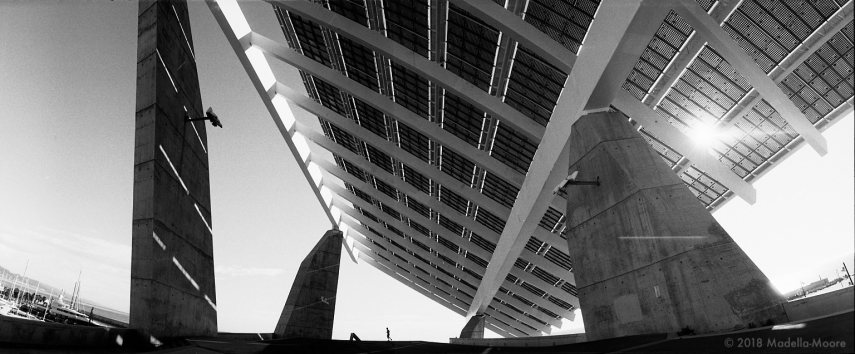


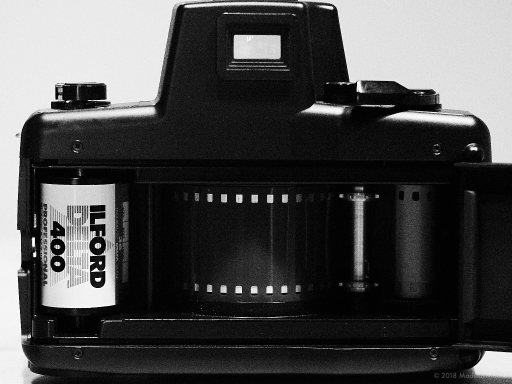






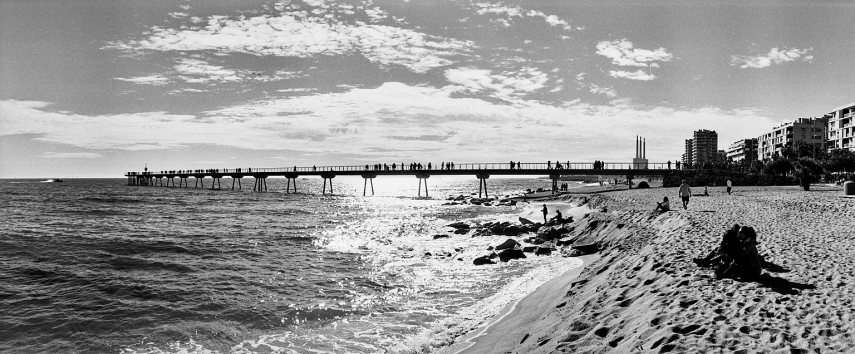

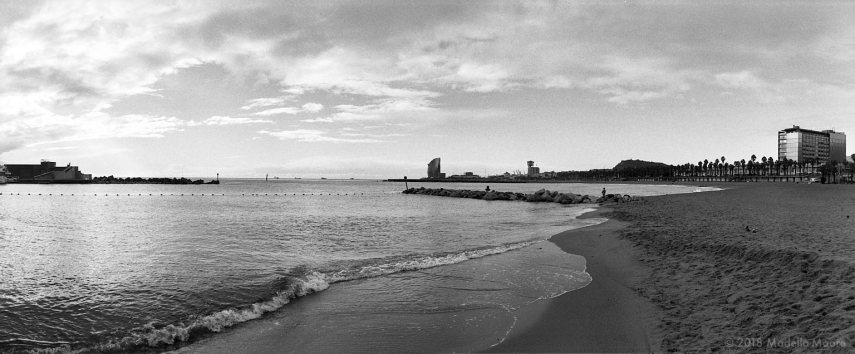





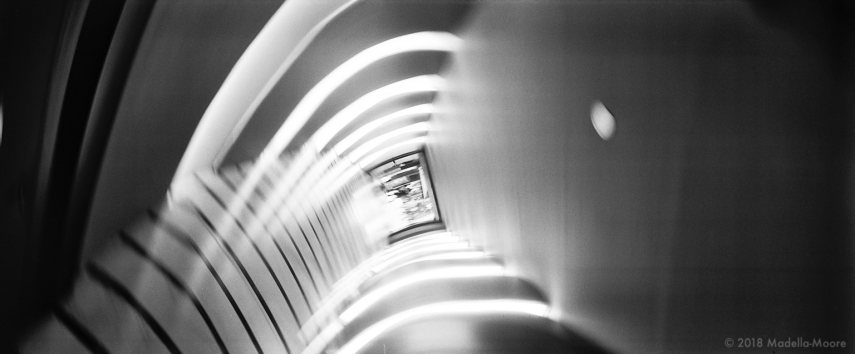
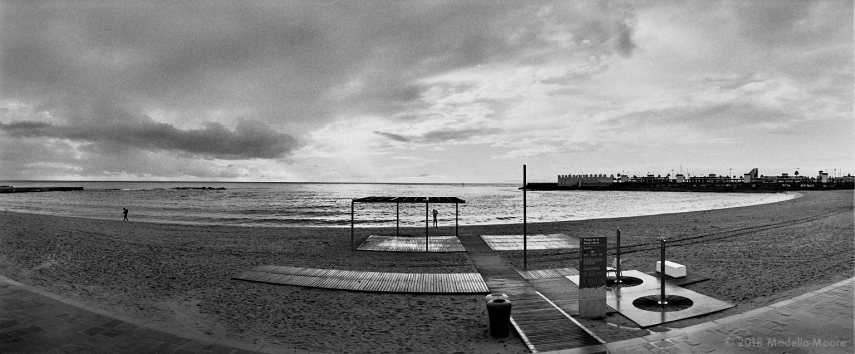
Wonderful photos…I think you would take great stuff with a brownie box!!
wow, excellent shoots and great composition… …this special ratio got a great dynamic